An amazing historic photo of the Space Shuttle Atlantis still connected to Russia’s Mir Space Station. It was taken on July 4, 1995, by the Mir-19 crew.


An amazing historic photo of the Space Shuttle Atlantis still connected to Russia’s Mir Space Station. It was taken on July 4, 1995, by the Mir-19 crew.
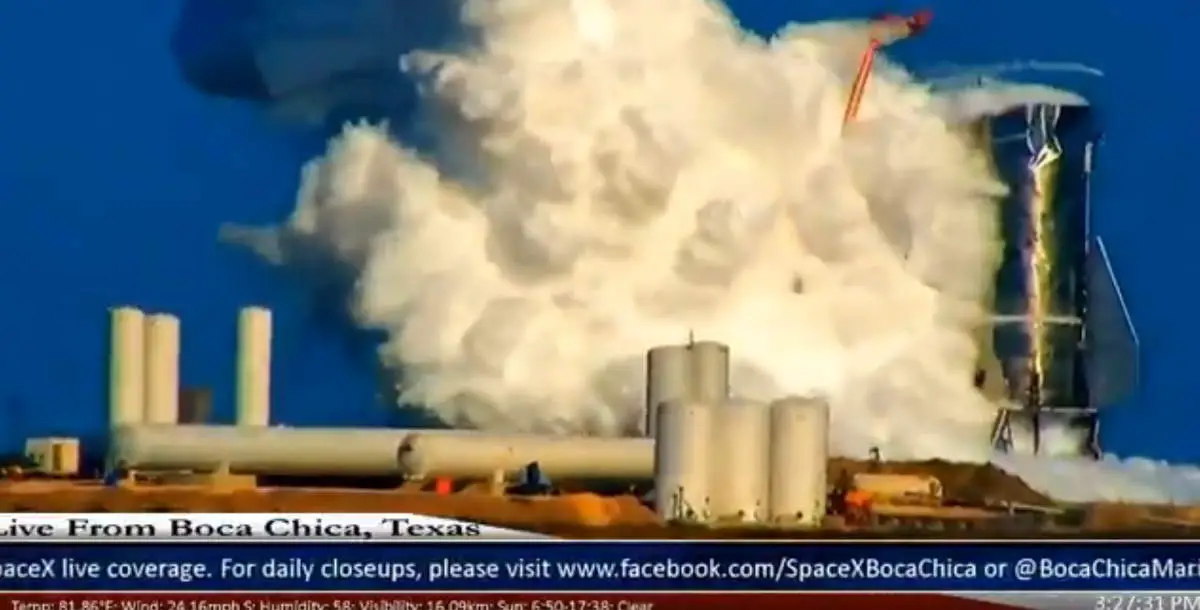
The Mk1 prototype of Starship, SpaceX’s reusable interplanetary spacecraft, which will take people to and from Mars and Moon has exploded during test at Boca Chica Starship Construction and Launch Facility.
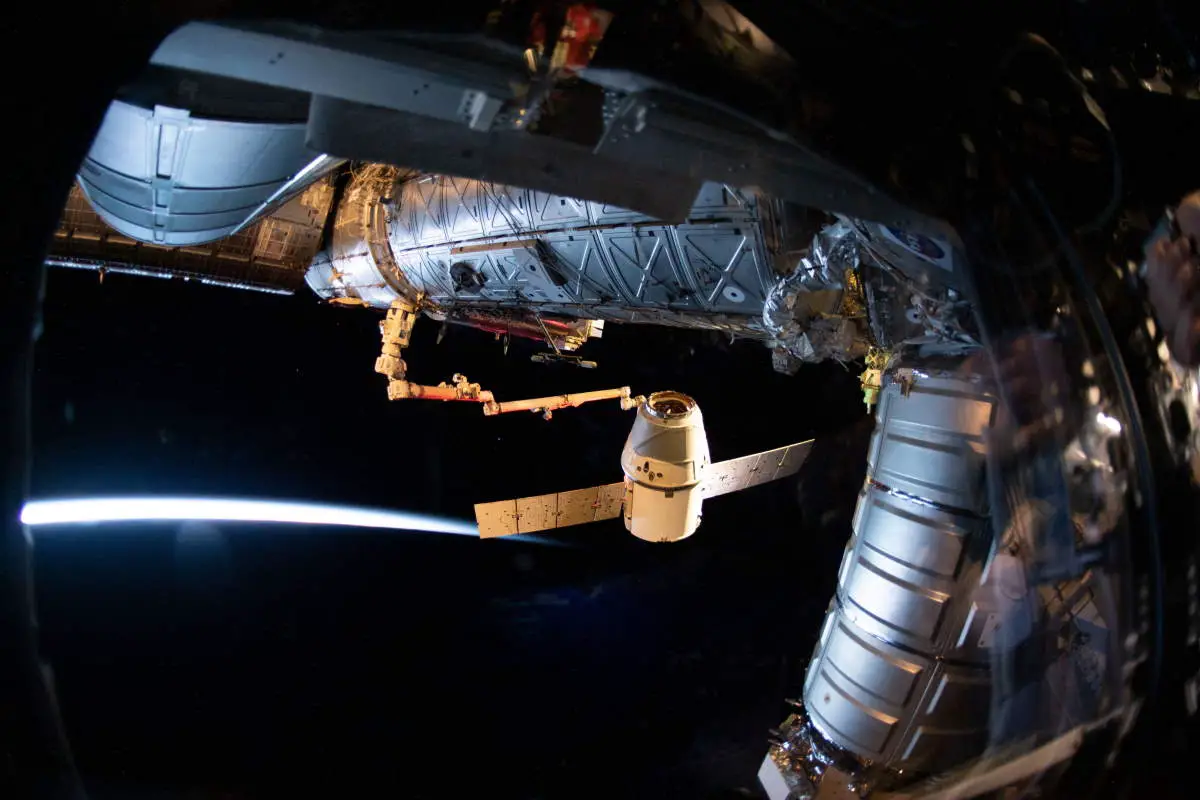
On May 4, 2019, the American space company SpaceX launched its 17th contracted cargo resupply mission (SpaceX CRS17, also known as SpX-17) to the International Space Station (ISS) aboard a Falcon 9 rocket, carrying 2,482 kg (5,472 lb) of cargo. You can watch the launch at 15:00 in the video at the end of this post.
Following the stage separation, Falcon 9’s first stage landed successfully on the Of Course I Still Love You droneship that was stationed in the Atlantic Ocean (the landing begins at 23:00 in the video below, at the end of this post).
Two days after the launch, the SpaceX Dragon docked at the Harmony module. There it remained for about one month before returning to Earth with a splashdown in the Pacific Ocean on June 3.
While attached to the station, the crew of the orbiting laboratory took a lot of photos of the spacecraft. One of the photos (below), showing the Dragon craft moments before being released from the Canadarm2 robotic arm, was unreal.
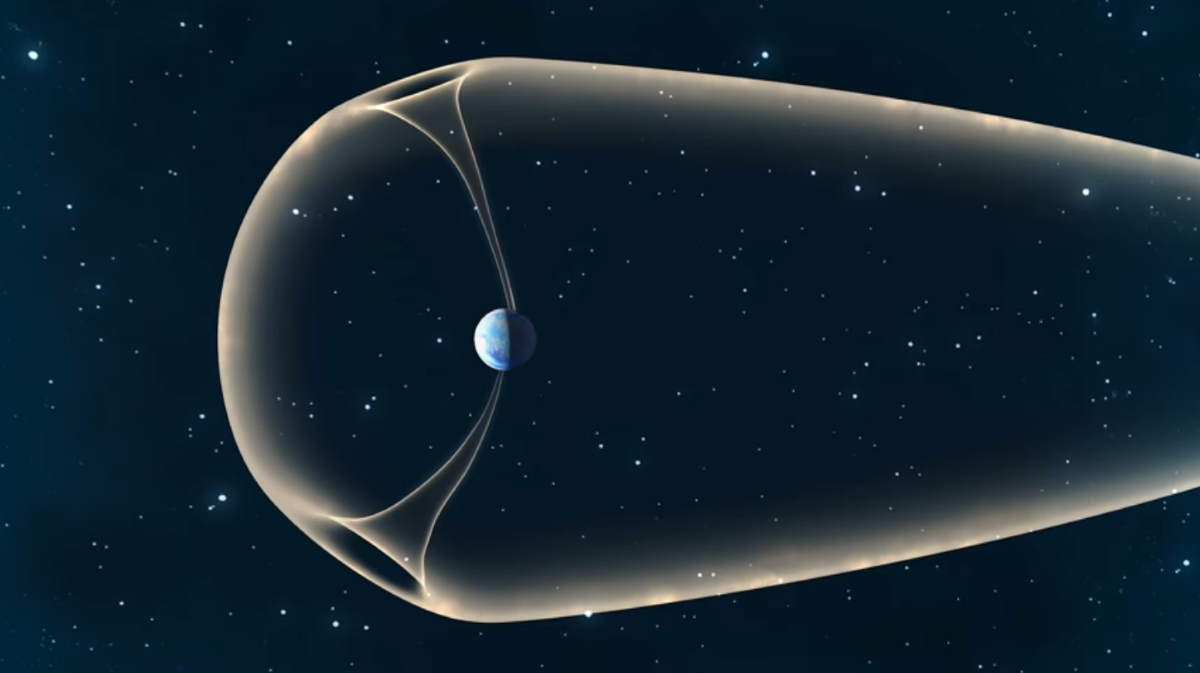
Earth’s atmosphere is leaking: around 90 tonnes of material escapes and streams out into space from our planet’s upper atmosphere every single day.
To understand this escape, NASA launches rockets into space. The space agency also sends scientists to a tiny Arctic town named Ny-Ålesund (English: New Alesund) on the island of Spitsbergen in Svalbard, Norway. Because understanding this atmospheric escape on Earth can benefit us in many ways – from predicting which exoplanets might be habitable, to piecing together how Mars became the desolate, exposed planet it is today.
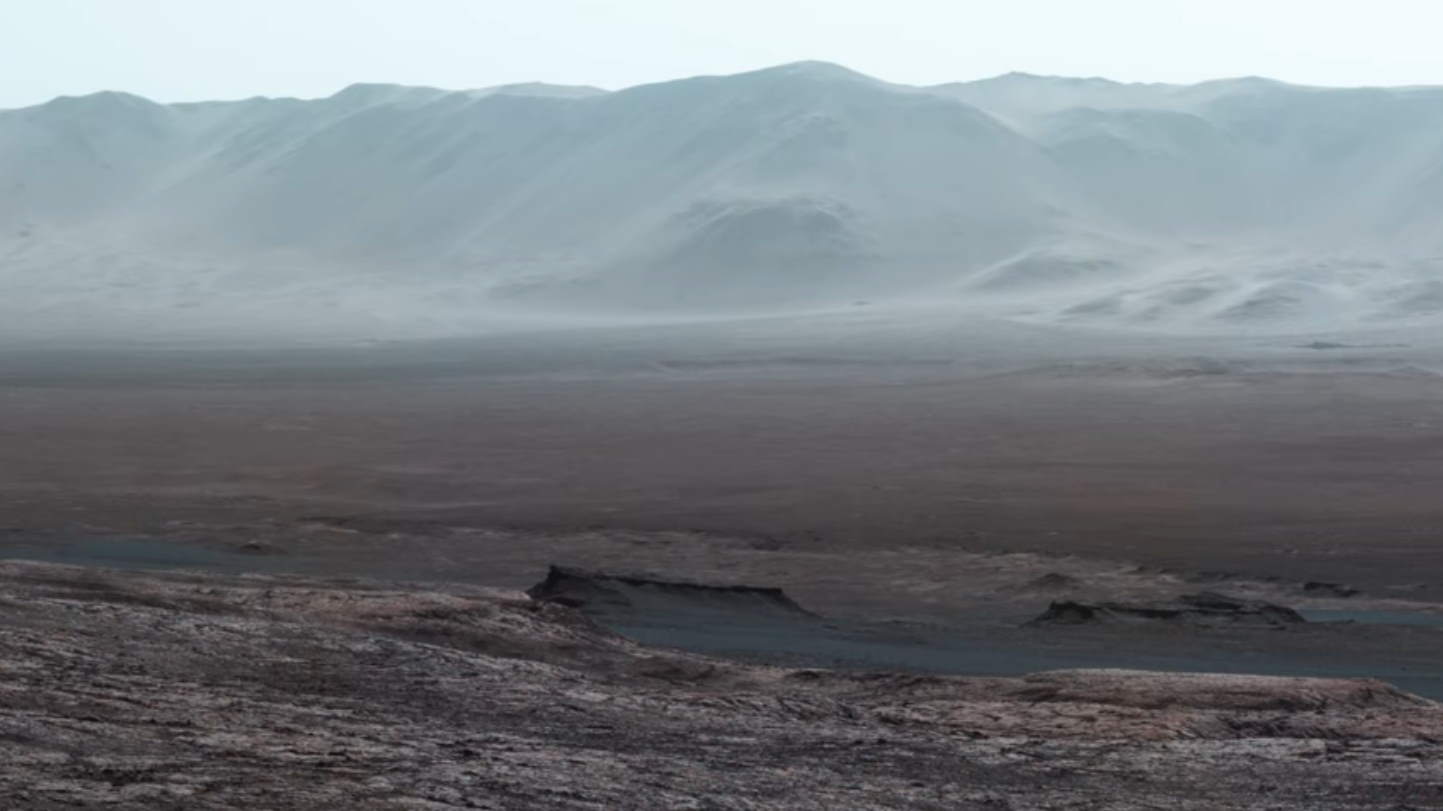
An amazing video by NASA titled “Curiosity at Martian Scenic Overlook”. Curiosity Project Scientist Ashwin Vasavada gives a descriptive tour of the Mars rover’s view in Gale Crater which is 154 kilometers (96 miles) in diameter and estimated to be about 3.5-3.8 billion years old. It is created by an impactor. The crater is also probably a dry lake (once filled with water – probably billions of years ago).
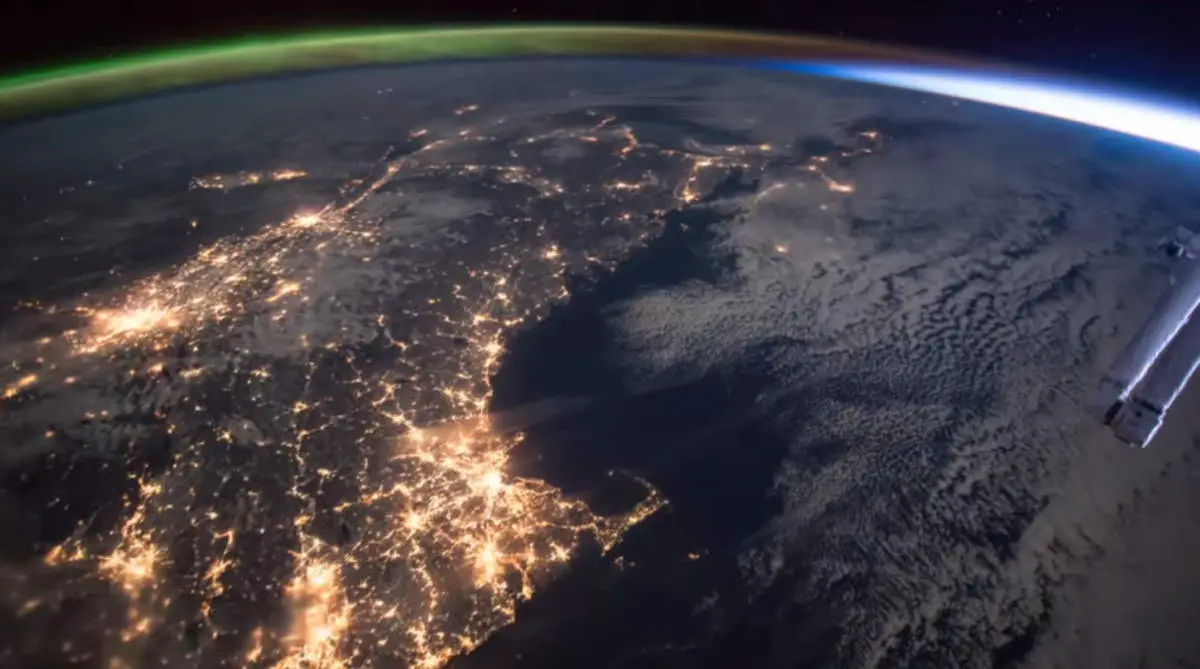
A short but amazing video showing both an aurora and sunrise from the International Space Station (ISS), published by the NASA Johnson channel.
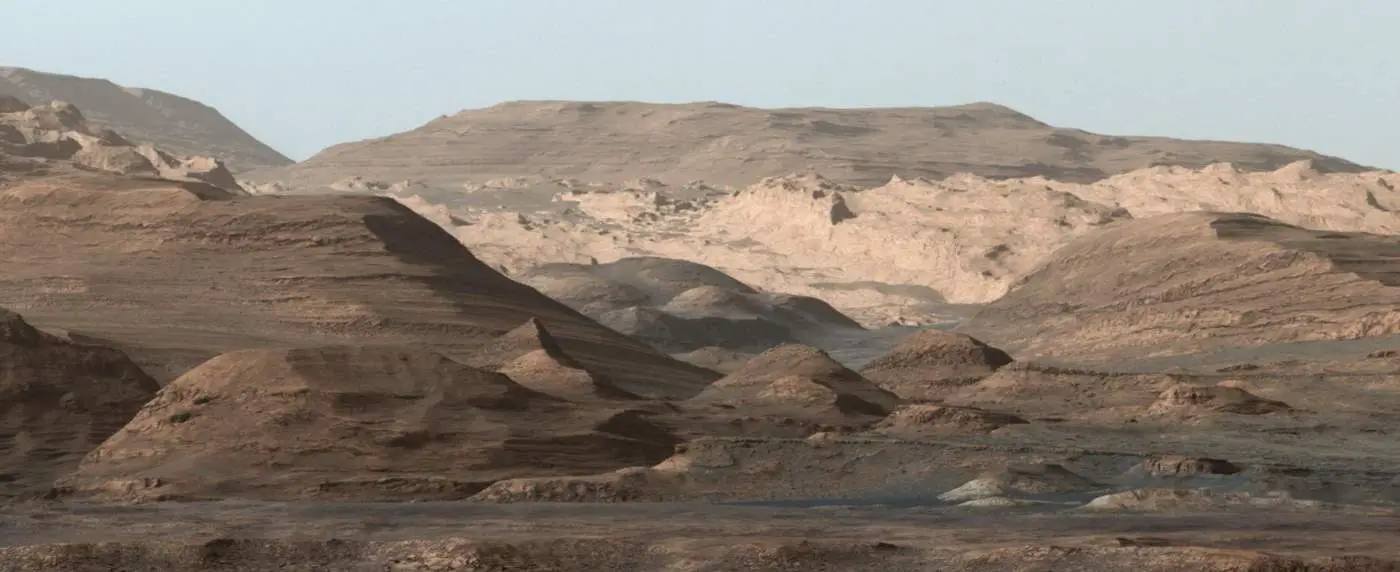
Mars, often referred to as the Red Planet, boasts an atmosphere dominated by carbon dioxide, a gas typically associated with warmth-inducing greenhouse effects on Earth. Yet, anyone expecting balmy temperatures on Mars would be in for a chilly surprise. Despite its CO₂-rich atmosphere, Mars remains an icy desert with temperatures often plummeting far below freezing. The paradoxical nature of a cold planet blanketed by a gas known for trapping heat sparks curiosity and demands an explanation. In this article, we’ll delve into the multifaceted reasons behind Mars’ frigid climate, revealing the intriguing interplay of astrophysical, geological, and atmospheric factors that keep our neighboring planet cold.
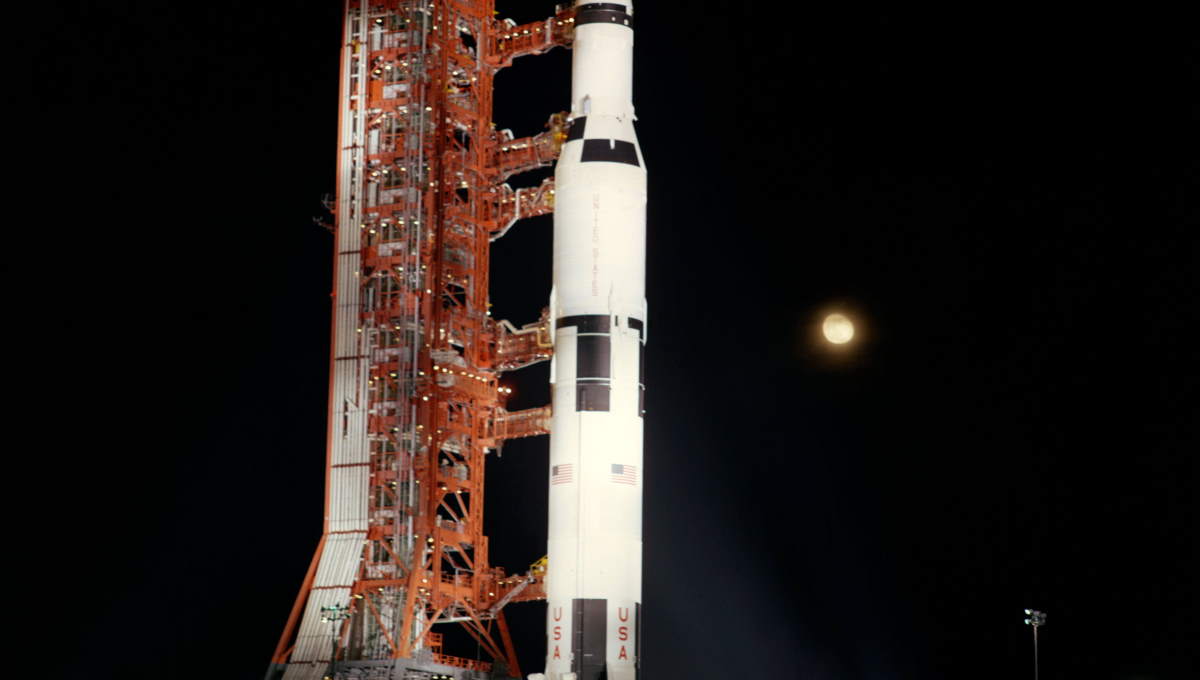
NASA has published a beautiful photo of Apollo 12 at the launch pad 39A at the Kennedy Space Center Launch Complex 39. This historic image, taken on October 28, 1969 (50 years ago) frames the Apollo 12 spacecraft atop the mighty Saturn V rocket and its destination, the Moon, in a single photo.
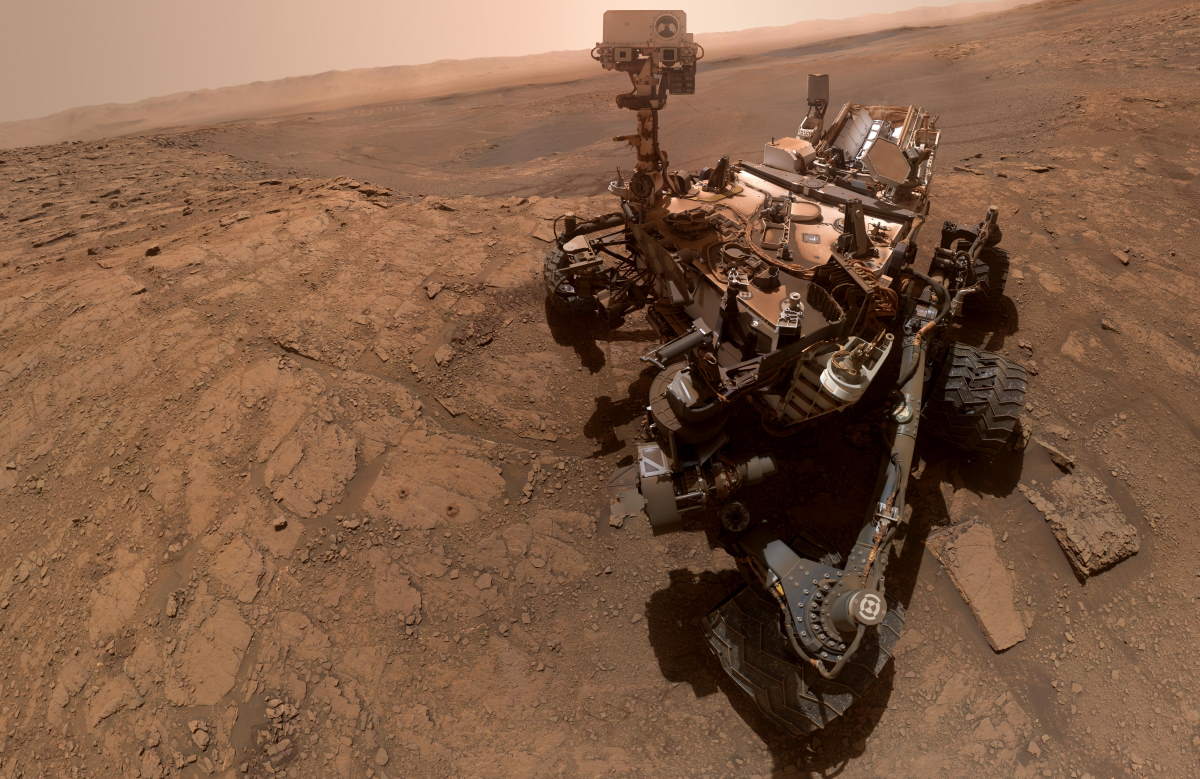
On October 24, 2019, NASA has published a new selfie of the Curiosity Mars Rover, which was taken on October 11, the 2,553rd Martian day, or sol, of the rover’s mission. The space agency has also announced that Curiosity’s successor, the Mars 2020 Rover now stands on its own six wheels.
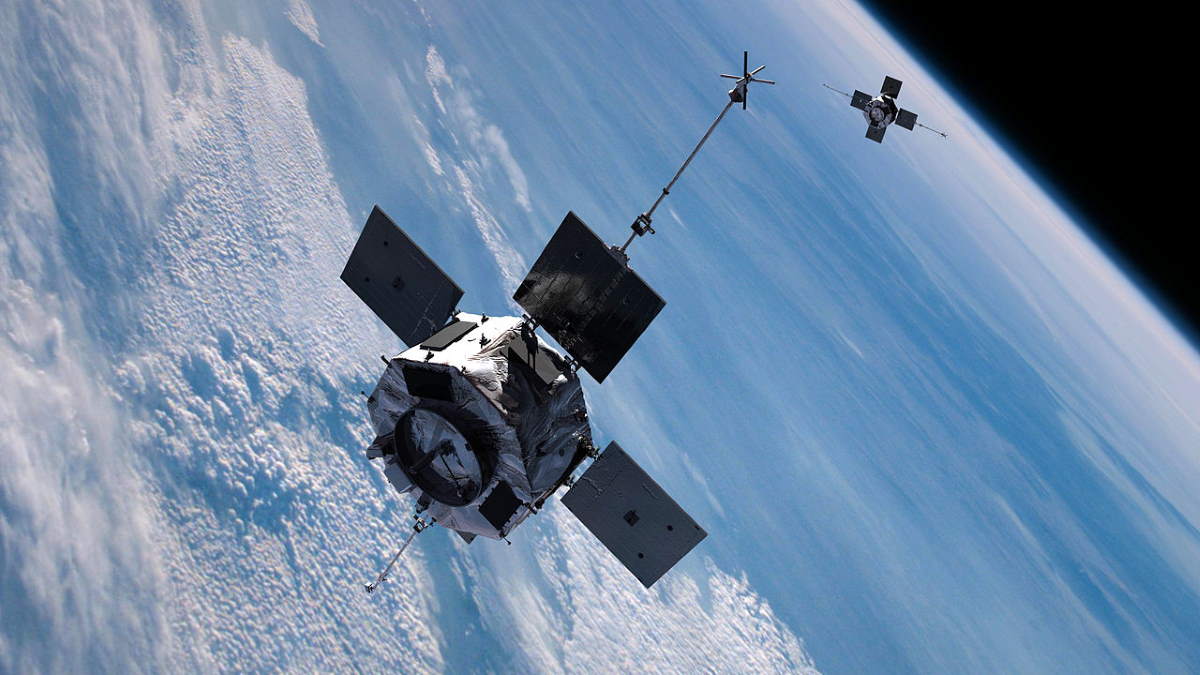
On October 18, 2019, NASA held an AMA (Ask Me Anything) on Reddit. Scientists from the space agency answered questions about Van Allen Probes, two robotic spacecraft that were used to study the Van Allen radiation belts that surround planet Earth.